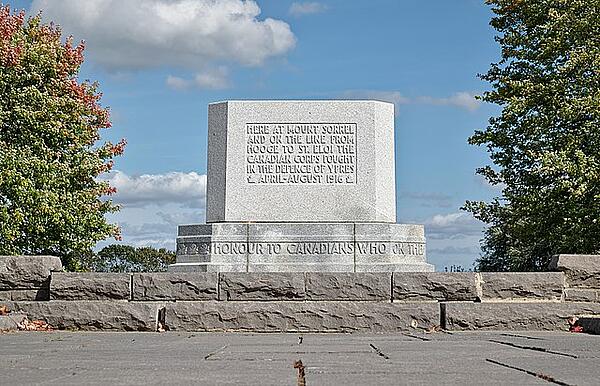Hill 62
Located just two miles from the centre of Ypres, Hill 62 provided Allied and German troops with a significant advantage over the other when in command of the expansive views it had to offer during World War One.
For the first two years of the war, Hill 62 was located behind Allied lines within the Ypres Salient. However, on 2nd June 1916, their occupancy was threatened by the Battle of Mount Sorrel.
The battle began with a German attack against Allied positions in Mount Sorrel, Armagh Wood, Sanctuary Wood and Hill 62. Mount Sorrel was around 1,000 metres from Hill 62, so when the Germans successfully captured both it provided them with significant height advantage over the Allies, who could clearly be seen in many areas of the Ypres Salient.
General Plumer, commander of the Second Army, rapidly responded to German occupation of the hill, ordering the Canadians to launch a counter-attack and recapture the hill. This began at 01:30 on 16th June and was led by the Canadian 1st and 2nd Divisions.
Unfortunately, the Canadians suffered heavy casualties and failed to retake Hill 62, but the strength of their attack did manage to significant damage the German positions, resulting in the German lines falling back and neither side taking control of the hill.
Lying between the Allied and German front lines after the Battle of Mount Sorrel, Hill 62 effectively turned into ‘No-Man’s Land’ for the remainder of the war.
In total, around 1,200 Canadians were killed at Hill 62, with another 4,500 wounded or missing. Their losses are commemorated at the Canadian Memorial near Mount Sorrel.

MLA Citation/Reference
"Hill 62". HistoryLearning.com. 2025. Web.
